
SINTRAX Kaffeebereiter, 1932, Gerhard Marcks.
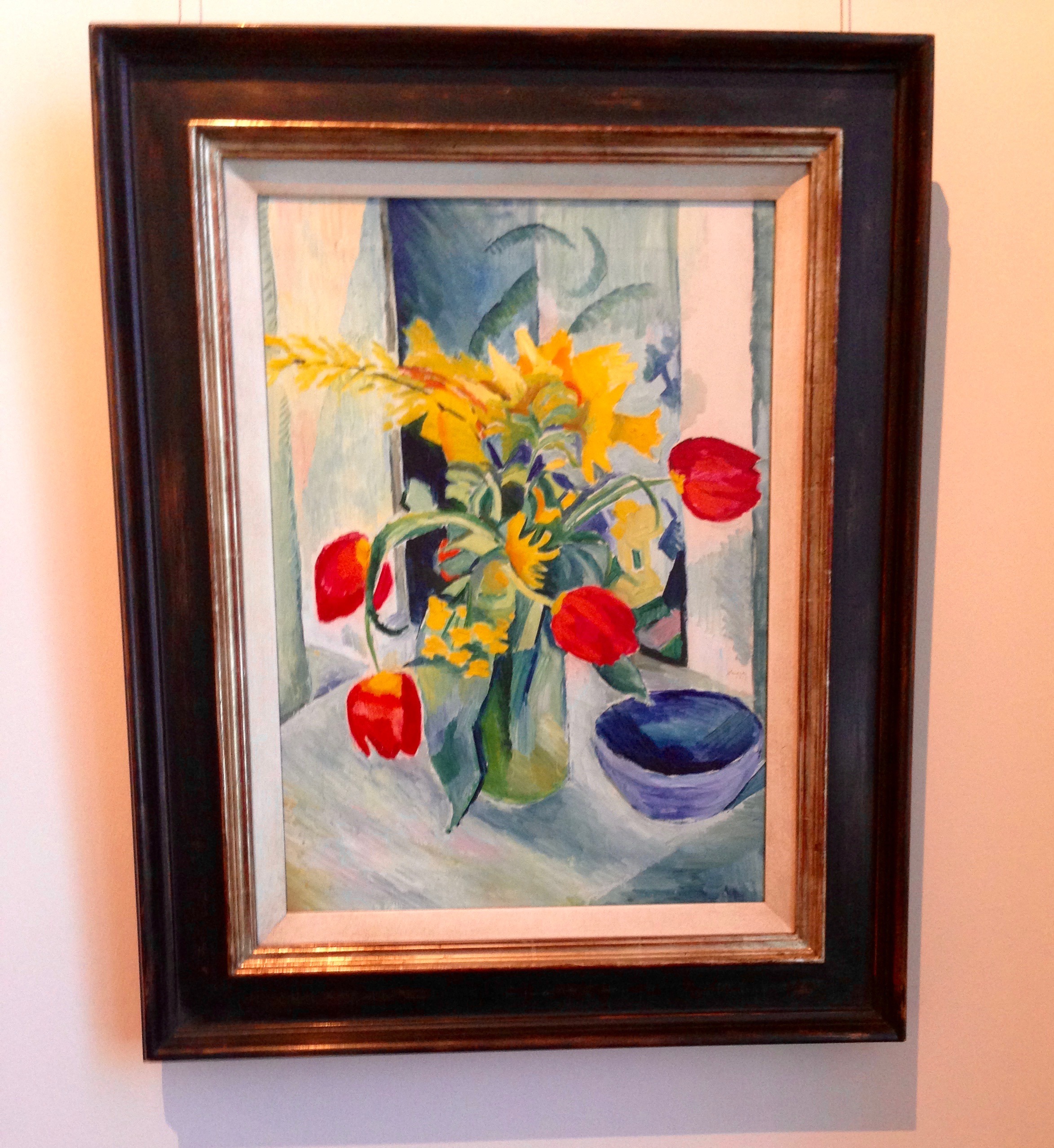
August Macke, Stillleben mit Tulpen, 1912
First I would encourage you to just skip this text and go right to the photos!
Otherwise: I went to Animalia: Interdisciplinary Perspectives and Explorations at the beginning of September mostly to see what the undergraduates and MA candidates were working on. The animal studies program at Carl von Ossietzky Universität Oldenburg is based within the Institute for American / English Studies. Though there was a mix of literary and cultural Human Animal Studies at hand the distinctive approach of this program is to examine the discipline through gender studies.
A highlight of the trip (in fact I devoted a whole day and night and went back the next day for this little side excursion) was visiting the Landesmuseum für Kunst und Kulturgeschichte Oldenburg which is actually three buildings: Oldenburger Schloss, Augusteum, and Prinzenpalais; devoted to regional history, international “Old Masters,” and modern art, respectively.
The museums were fantastic in showcasing some artists you hear less about, or in prominent placement of less-famous works by people who are very well-known. The outstanding discoveries for me were a mournful 1937 still life by Gabriele Münter called Puppe, Katz, Kind; a the cheerful small Stillleben mit Tulpen by August Macke (which I think might be unfinished; it is very uncharacteristic in its facture of his work at this time) from 1912; Wilhelm Lehmbruck’s early Grace (1905); the subdued placement of Kurt Lehmann’s Sinnender Knabe (1948), who had a lot to think about, and a delightful whirligig coffee making device from Gerhard Marcks’s highest Bauhaus phase in 1932.
- Wilhelm Lehmbruck, “Grace,” 1905.
- Gabriele Münter, “Puppe, Katz, Kind,” 1937
- Kurt Lehmann, “Sinnender Knabe,” 1948.
The Prinzenpalais is the collection that recently had its Max Liebermann Reiter am Strand (1909) returned to it, one of the most expeditiously executed rectitudes of the 2013 Cornelius Gurlitt recovery in München. The Prinzenpalais’s reaction to this turn of events seems strangely half-hearted, with just a small vitrine of the correspondence relating to Hildebrand Gurlitt’s involvement in the brokering the resale of the then-Entartete Kunst Reiter, and no explanation of the situational context really anywhere. I asked the docents if they were happy about having the painting back; they clearly weren’t all that happy, and doubly not to have someone ask informed questions.
Oldenburg has a nice Altstadt near the Landesmuseum but as middle-sized German cities go is somewhat difficult to get around in as it has only bus service, no UBahn or even a Straßenbahn or light rail system. Right now there is a lot of road construction with many ersatz Haltestellen and barricaded sidewalks, which the Münster- and Hamburg-aggression level Radler do not seem to be taking into consideration. Excluding Berlin, the farther north I go, the less I like it, and the more I recognize what a confirmed Südländerin I am.
- Der H. Georg im Kampf mit der Drachen, c. 1512, Meister de Georgeschreins von Zwischenahn Eiche.
- Das Wunderhorn, 1655, Fränkisch.
- Hundekopf, Kopf des Zeus, c. 200 BCE, Tarent, Italien.
- Franz Radziwill, Mosaik, 1948.
- Scale mit Kauerndem Frauenakt, 1925, Rena Buthaud.
- Bauhaus Schachspiel, “Model XVI,” 1924. Josef Hartwig.
- Bauhaus Schachspiel, “Model XVI,” 1924. Josef Hartwig.
- Franz Radziwill, Mosaik, 1948, Detail.
- Zigarettendose, Gertrud Kraut, 1928.
- Kinderschlitten um 1730.
- Werbeplakat für Jugend, 1897.
- Willem Claesz, Frühstücksstilleben, 1645.
- Clutter.
- Raum für Max Liebermanns Ölgemälde “Reiter am Strand” von 1909.
- Max Lieberman / Kunst und Künstler.
- Max Liebermanns Ölgemälde “Reiter am Strand” von 1909.
- Dokumentation von Familie Gurlitt von Max Liebermanns Ölgemälde “Reiter am Strand” von 1909.
- Dokumentation von Familie Gurlitt von Max Liebermanns Ölgemälde “Reiter am Strand” von 1909.
- Jean Baptiste Pigalle, Merkur, 1785.
- Detail of building.
- Reneé Sintenis, August Gaul, Ewald Mataré, Richard Scheibe
- Reneé Sintenis, August Gaul, Ewald Mataré, Richard Scheibe
- Reneé Sintenis, August Gaul, Ewald Mataré, Richard Scheibe
- Hans Hermann Weyl, Anneliese von Arnim als Kind, 1905.
- Erich Heckel’s plate from Die Brücke catalogue…




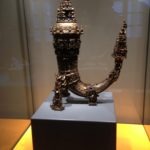
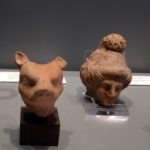




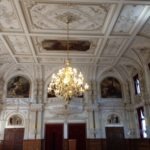

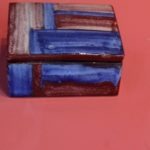



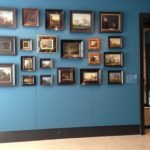







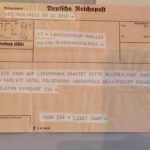

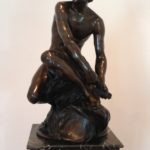


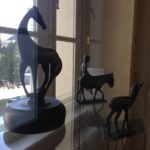


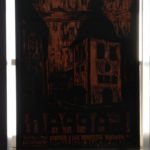
 RSS - Posts
RSS - Posts